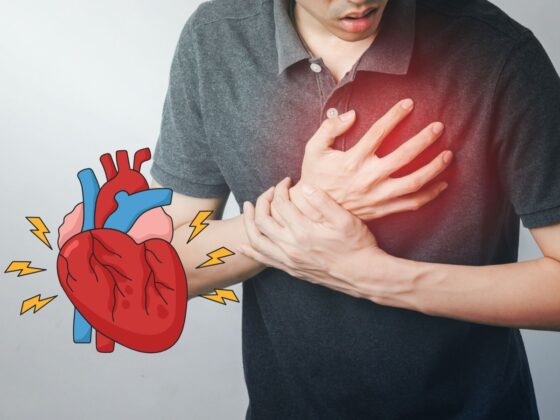According to a new study majority of COVID-19 patients below 18 years old experience a mild disease and fatalities are extremely rare.
The study, which included children and adolescents aged from 3 days up to 18 years old, found that although the majority were admitted to hospital, fewer than one in ten patients required treatment in intensive care.
The researchers advise against extrapolating the numbers observed in their study to the wider population.
However, they say their findings, published in The Lancet Child & Adolescent Health journal, should be taken into consideration when planning for demand on intensive care services as the pandemic progresses.
“Our study provides the most comprehensive overview of COVID-19 in children and adolescents to date,” said Marc Tebruegge, study lead author from University College London (UCL) in the UK.
“We were reassured to observe that the case fatality rate in our cohort was very low and it is likely to be substantially lower still, given that many children with mild disease would not have been brought to medical attention and therefore not included in this study,” Tebruegge said.
“Overall, the vast majority of children and young people experience only mild disease. Nevertheless, a notable number of children do develop severe disease and require intensive care support, and this should be accounted for when planning and prioritising healthcare resources as the pandemic progresses,” he said.
The study was carried out from April 1 to 24, during the initial peak of the European COVID-19 pandemic.
It involved 82 specialist healthcare institutions across 25 European countries.
A total of 582 patients included in the study were confirmed to be infected with the SARS-CoV-2 virus by a PCR test, the researchers said.
They found that the most common symptom reported was fever. Around half of the patients had signs of upper respiratory tract infection and a quarter had evidence of pneumonia.
Gastrointestinal symptoms were reported in around a quarter of the children, 40 of whom did not have any respiratory symptoms, the researchers said.
Some 92 children, most of whom were tested due to close contact with a known COVID-19 case, had no symptoms at all, they said.
The vast majority of patients did not require oxygen or any other support to help them breathe at any stage, according to the researchers.
Only 25 children needed mechanical ventilation, but when they did need it, that support was typically required for a prolonged period, often for a week or more, they said.
The researchers said robust clinical trial data are urgently needed to help doctors make decisions regarding the best treatment strategy for children under their care.











